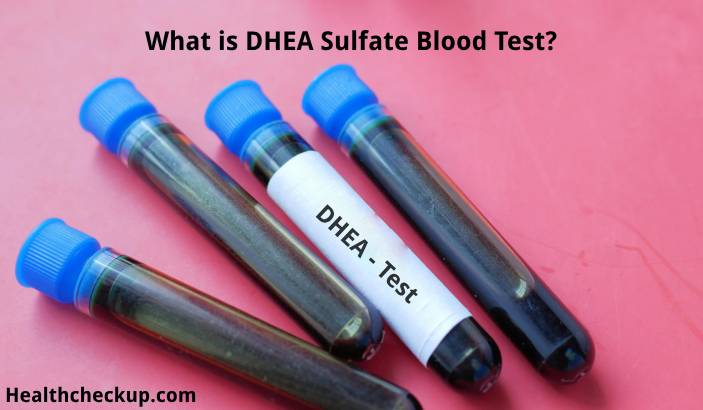Dehydroepiandrosterone sulfate (DHEA-S) is a hormone produced primarily by the adrenal glands, and it plays a vital role in the production of other hormones like testosterone and estrogen. The DHEA sulfate blood test is used to measure the level of DHEA-S in the blood, providing important insights into the functioning of the adrenal glands and the balance of hormones.
Purpose of the DHEA Sulfate Blood Test
- Adrenal Gland Function: To evaluate the functioning of the adrenal glands, which produce DHEA-S along with other hormones such as cortisol.
- Diagnosing Hormonal Disorders: The test helps in diagnosing conditions related to hormonal imbalances, such as adrenal insufficiency or hyperplasia.
- Investigating Hirsutism: It is particularly useful in evaluating excess hair growth in women, determining if the condition is due to an elevated level of androgens.
- Assessing Fertility Issues: DHEA-S levels can impact fertility; thus, testing can be part of an infertility assessment.
- Monitoring Treatment: For those undergoing treatment for adrenal gland disorders, periodic DHEA-S testing can help monitor treatment effectiveness.
Preparation for the DHEA Sulfate Blood Test
- Fasting: Typically, fasting is not required for a DHEA-S test, but you should follow any specific instructions from your healthcare provider.
- Medication: Inform your doctor about all medications, supplements, and herbal products you are taking, as some can affect hormone levels.
- Time of Day: Since hormone levels can fluctuate, your doctor might suggest having your blood drawn at a specific time of day.
Procedure of the DHEA Sulfate Blood Test
Blood Sampling:
- Setting: The test is conducted in a hospital or a diagnostic lab.
- Process: A health professional will clean the area, usually your arm, insert a needle into a vein, and collect the blood in a vial or syringe.
- Duration: The actual blood draw only takes a few minutes.
Normal Range of DHEA Sulfate
- Adults: The normal range of DHEA-S can vary widely depending on age, sex, and testing methods.
- Typical Values: For adults, typical values might range from 100 to 400 µg/dL, but these values can differ significantly between laboratories.
- Age and Gender Considerations: DHEA-S levels peak in early adulthood and decline with age. Levels are generally higher in men than in women.
Results Interpretation
- Elevated Levels:
- May indicate adrenal gland disorders such as adrenal cancer or tumors, congenital adrenal hyperplasia, or polycystic ovary syndrome (PCOS) in women.
- Low Levels:
- Could suggest adrenal insufficiency, Addison’s disease, or hypopituitarism.
- Follow-up Testing: Depending on the results, additional tests such as imaging studies, further hormonal testing, or functional tests may be required to confirm a diagnosis.
The DHEA sulfate blood test helps assess adrenal gland function and hormone balance. It can provide critical information for diagnosing various medical conditions, including hormonal imbalances and adrenal disorders. While the test involves minimal risks, understanding these along with the test’s purpose, preparation, and procedure can help individuals better prepare for and interpret the results.
I specialize in writing about health, medical conditions, and healthcare, drawing extensively from scientific research. Over the course of my career, I have published widely on topics related to health, medicine, and education. My work has appeared in leading blogs and editorial columns.









